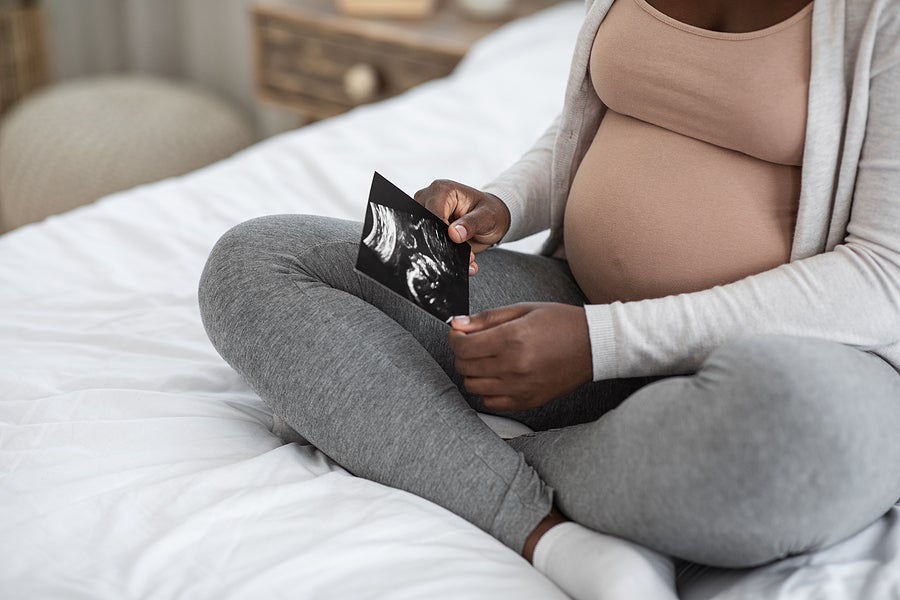The U.S. continues to experience a worsening maternal mortality crisis that the COVID-19 pandemic only exacerbated. New data from the Centers for Disease Control and Prevention shows that the maternal mortality rate for all women nearly doubled between 2018 to 2021, climbing from 17.4 maternal deaths per 100,000 births in 2018 to 32.9 maternal deaths per 100,000 live births in 2021. And as in years past, Black women continued to experience by far the highest rate of maternal mortality, defined as death during pregnancy or within 42 days after birth.
It’s hard to look at these data and feel anything but despair. Yet policymakers from across the political spectrum are working to make pregnancy and birth safer for mothers and infants.
The highest-profile efforts are state legislatures continuing to elect to extend Medicaid postpartum coverage to 12 months after the end of pregnancy. Mississippi and Wyoming recently joined the vast majority of states that are implementing the extended postpartum coverage, and legislators in Missouri, Idaho and other states are continuing to debate it. North Carolina’s Medicaid expansion (which is poised for passage, but not a done deal) would be hugely beneficial for women who can have access to health care throughout their life, not just during pregnancy and postpartum. Research shows that Medicaid expansion for all low-income adults is associated with reductions in maternal and infant mortality, and the benefits are greatest for Black women.
These eligibility changes hold a lot of promise, but more coverage does not automatically lead to improved outcomes. Our new brief highlights how states can include evidence-based care models in Medicaid benefits, such as doula care and preventive perinatal mental health interventions that support the physical and emotional health of new moms during and after pregnancy. Public transparency and accountability for maternal health data in Medicaid, and leveraging Medicaid managed care contracts, are two other strategies that can lead to improvements in maternal health outcomes and reduce racial health disparities.
This brief is the first in a two part-series. The second brief will include the latest 50-state data on specific Medicaid and CHIP policy options states can use to improve pregnancy-related coverage and prioritize the health and wellbeing of pregnant parents and infants.
Since the Supreme Court’s Dobbs v. Jackson Women’s Health Organization decision last June allowing states to ban abortion, we’ve seen public attention focused on maternal health in a way it hasn’t been in decades. Research suggests that states restricting access to abortion after the decision already had fewer maternity care resources and higher maternal and infant mortality rates. Experts predict those will likely get worse as a result of the abortion restrictions.
Medicaid policy changes have the potential to stem some of these inequities for the nearly two million mother-baby pairs covered each year. And because Medicaid covers a disproportionate share of births among Black, American Indian/Alaska Native, and Hispanic women, changes to the program have the potential to spur sorely-needed system improvements that advance health equity by more effectively serving young families of color.
Advocates, care providers, community members, and state agency officials should work together to harness the power of Medicaid and CHIP to better support perinatal health care and create a stronger foundation for all families.



